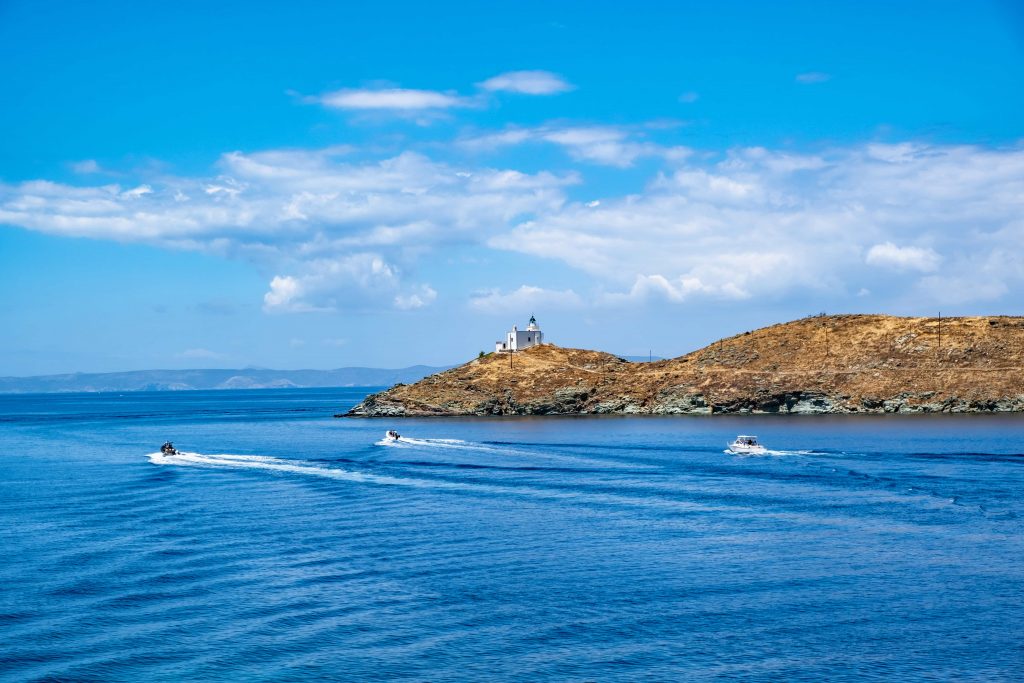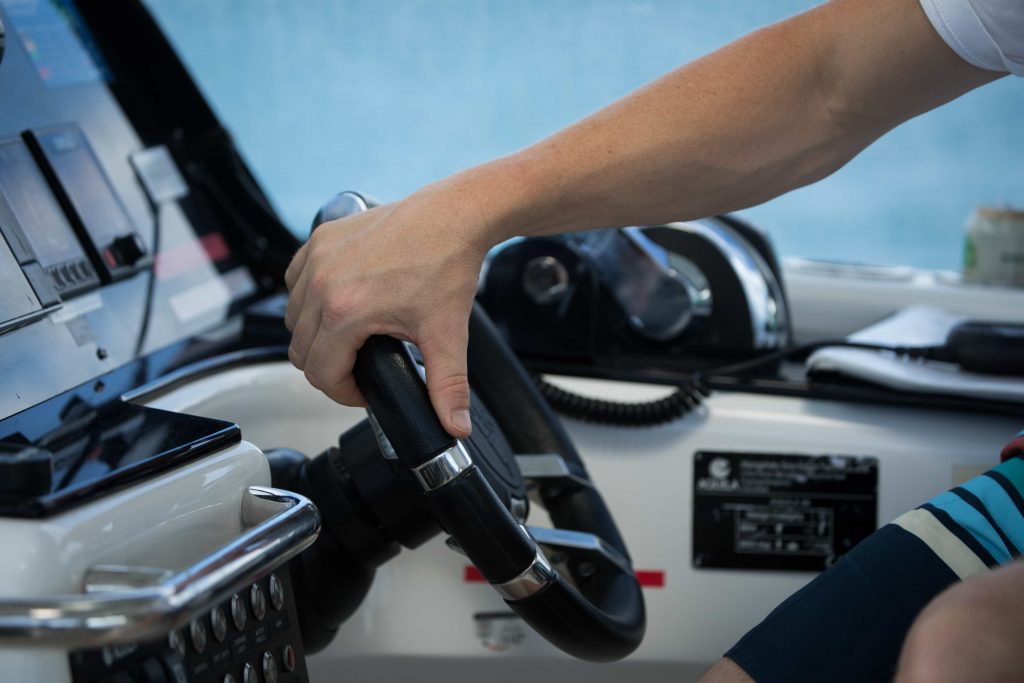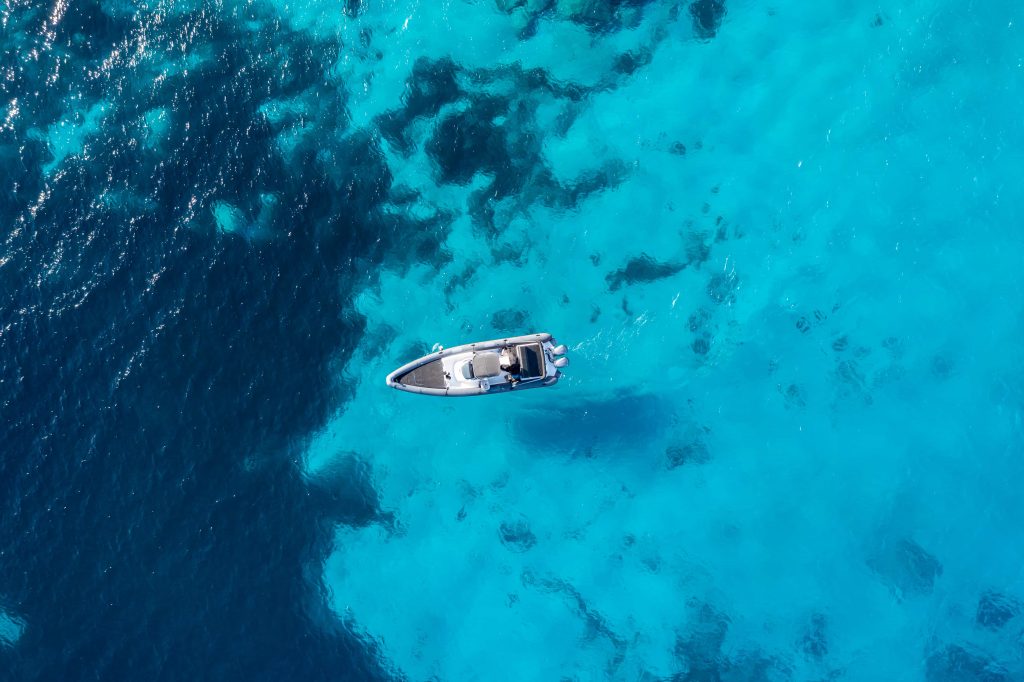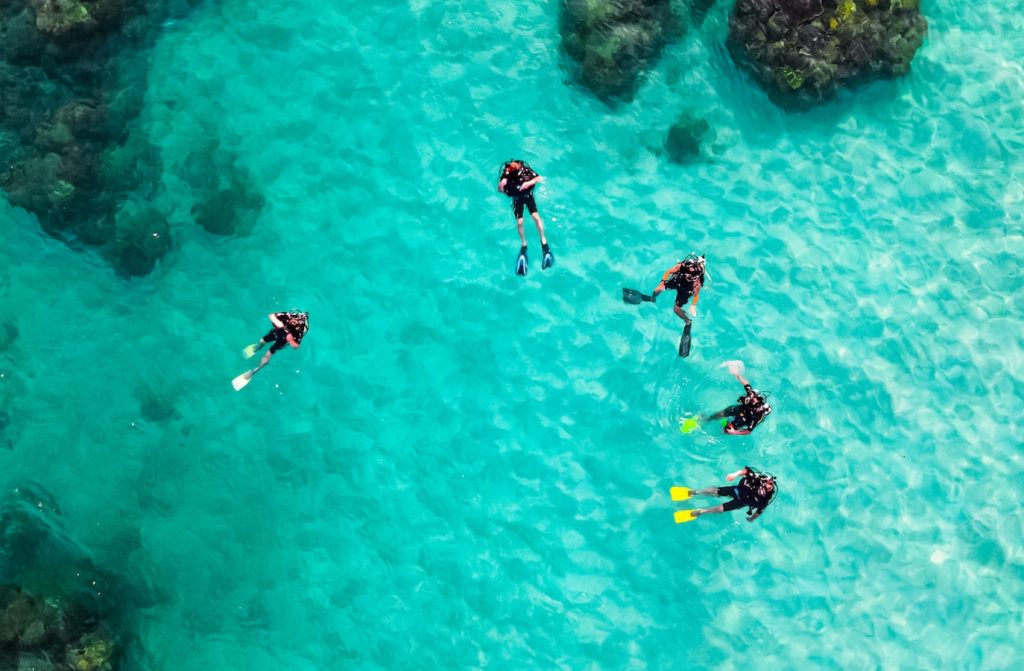Booking a Boat Transfer: What Things You Should Be Aware Of

Are you dreaming of gliding across crystal-clear waters, feeling the light breeze against your face as you embark on a boat transfer to your chosen destination? Whether you’re off to a picturesque island, exploring the coast or simply looking to arrive at your dream destination, booking a boat transfer is your chance for an extraordinary experience. However, before you set sail, it’s crucial to be aware of all the aspects that will ensure a seamless journey. From choosing the right boat to considering safety measures and complying with the booking process, here is everything you need to know:
First and foremost, specify the basics: the destination and route you wish to take, along with any interesting stops or detours you'd like to make along the way. Consider, also, factors such as the distance to be covered and estimated travel time. Clearly communicate your starting point and destination to the boat transfer provider to avoid any confusion. This way, you can avoid any potential confusion or misunderstandings. By providing this information upfront, you can collaborate with the provider to create an itinerary that aligns with your preferences and guarantees an enjoyable and memorable boat transfer.
Once you have a clear view of your destination and the estimated travel time, you can proceed with choosing the appropriate boat type and size. But again, to make a wise choice, think first about your purpose. Are you looking for a laid-back cruise, a thrilling fishing expedition, or a wild water sports extravaganza? Different boats are tailor-made for different adventures, so make sure you pick the one that perfectly aligns with your plans.
Next, consider the number of people who will be joining you, which includes both adults and children. Boats come in various sizes and have different seating capacities. Some boats are designed for smaller groups, while others can accommodate larger parties. Look for the boat’s specifications or consult with your boat provider to determine the maximum passenger capacity. It’s also important to think about the layout and configuration of the seating on the boat. Are there enough seats for everyone? Consider if you prefer a boat with individual seats or a more open layout where people can sit together.
The distance and duration of your journey and the water conditions you may encounter are also crucial as in the case of a long trip, you might want a larger boat with more amenities for comfort and if you’ll be facing rough seas, choose a boat with a sturdy hull and good stability. For calmer waters, a smaller boat may suffice.


Ensuring safety should be your top priority when selecting a boat transfer operator. Choose an operator that strictly adheres to all necessary regulations and places a strong emphasis on passenger safety. Make sure to verify that the boat you will be traveling on is equipped with essential safety features, including life jackets, safety rafts, and reliable communication devices. Additionally, take the time to check the credentials and experience of the boat operator to ensure they are qualified and properly licensed.
Which is not to be taken lightly! Begin by conducting thorough research on reputable boat transfer providers or operators in the area you plan to visit. Take the time to read customer reviews and compare prices and the services they offer. Once you have found a suitable boat transfer provider, familiarize yourself with their booking procedures. Some companies may have an online booking system available, allowing you to make reservations conveniently, while others choose that reservations be made over the phone or through email. Whatever the case may be, make sure that all the information you provide such as your travel dates, departure and arrival points and the number of passengers is accurate. Be, also, prepared to provide details about your desired travel dates, any specific requirements, and any additional services you may need. This could include requests for wheelchair accessibility, special assistance. Inquire about any additional services the provider may offer, such as baggage handling or onboard catering, to enhance your experience. Finally, once your booking is confirmed, be sure to keep a record of your reservation details, including any booking reference numbers or confirmation emails. This will be helpful for reference and in case you need to make any changes or inquiries.
Before finalizing your plans, check the availability of the boat transfer service for your desired date and time. It is important to be mindful of potential peak seasons or weather-related restrictions that could affect availability. To secure your preferred time slot, it is recommended to book well in advance, as popular times tend to fill up quickly. Take note of the operating schedule of the boat transfer provider. Some services may have specific hours or designated days of operation. Align your plans accordingly to ensure the service is available when you need it and say updated on any changes or disruptions that may occur.
Make sure that you meticulously read and fully comprehend the cancellation and refund policy of the boat transfer service (the small print too!). Inquire about the conditions under which you can cancel or reschedule your booking, and whether you are eligible for a refund in case of cancellation or unforeseen circumstances. Familiarize yourself with the terms and conditions to avoid any potential misunderstandings. After all, life is unexpected and it is always better to be prepared!

When planning a boat transfer, it's important to consider the financial aspects. Take the time to understand the costs involved. Providers may charge based on factors such as distance, duration, or the number of passengers so ask for a detailed breakdown of costs. Be aware of any additional fees or charges that may apply. These could include fuel surcharges, docking fees, or equipment rental fees. Inquire about upfront deposits or full payment requirements, as these may vary depending on the boat transfer provider. Make sure to clarify the accepted payment methods to ensure a smooth transaction.
Obtain the contact information of the boat transfer provider or operator. It is essential to have a reliable means of communication in case of any changes, delays, or emergencies.
Before finalizing your booking, review all the details carefully. Confirm the date, time, and location of the boat transfer and make sure that you have provided the boat transfer provider with accurate information and that you fully understand the terms and conditions of the service. If it’s your first time booking a boat transfer, this is your comprehensive How-to-guide to ensure a safe experience on calm waters but even for the most experienced boatpeople, these are valuable insight and reminders not to be disregarded. Happy sailing!



